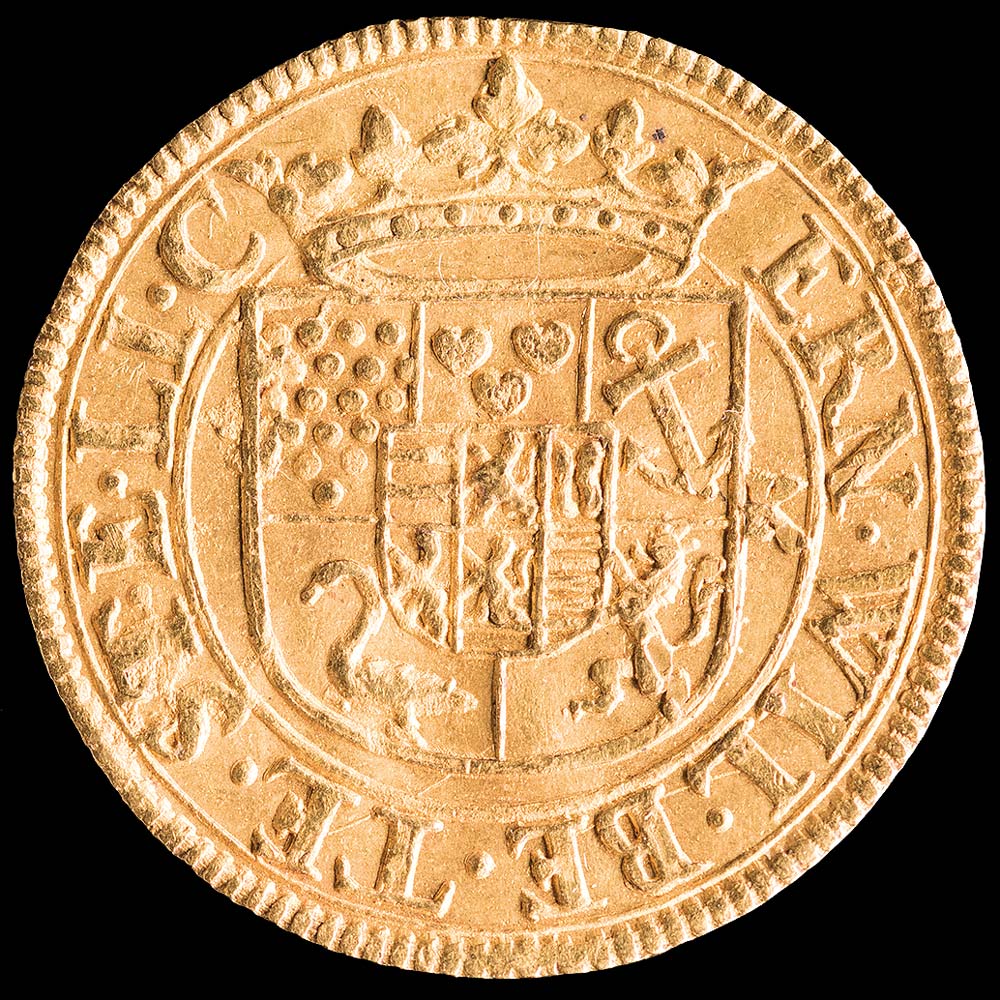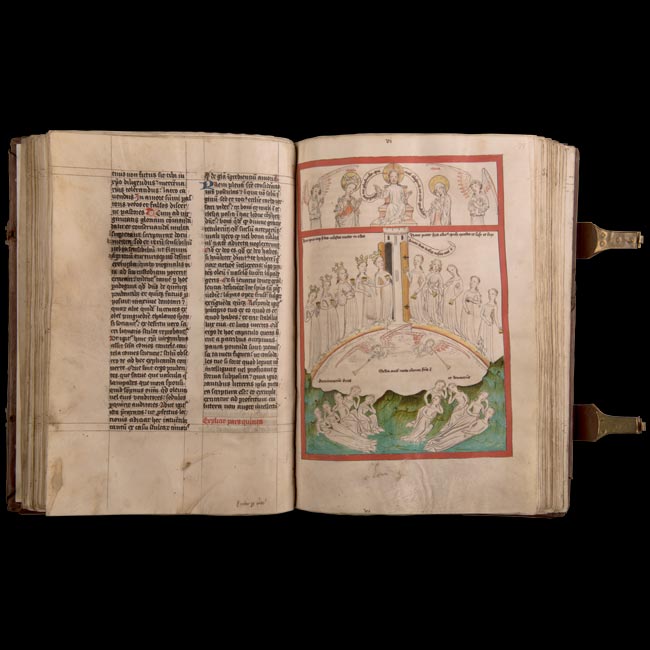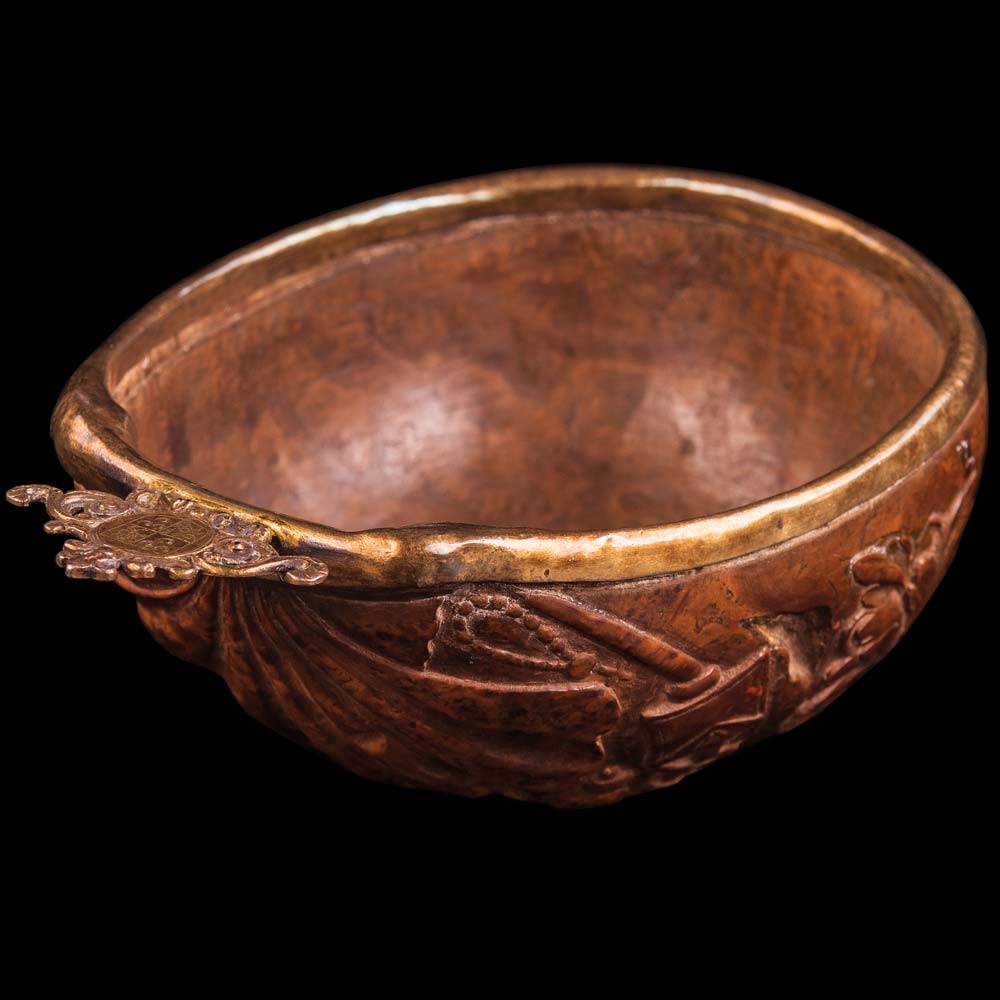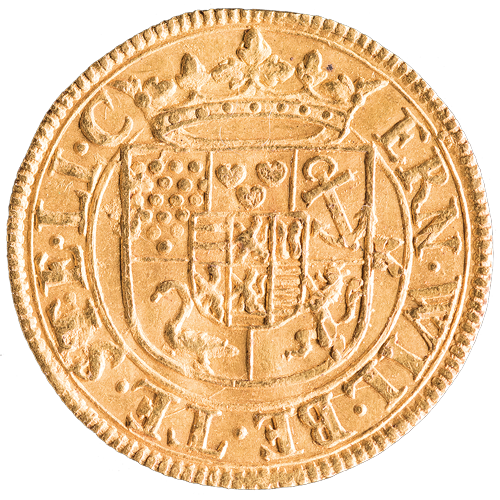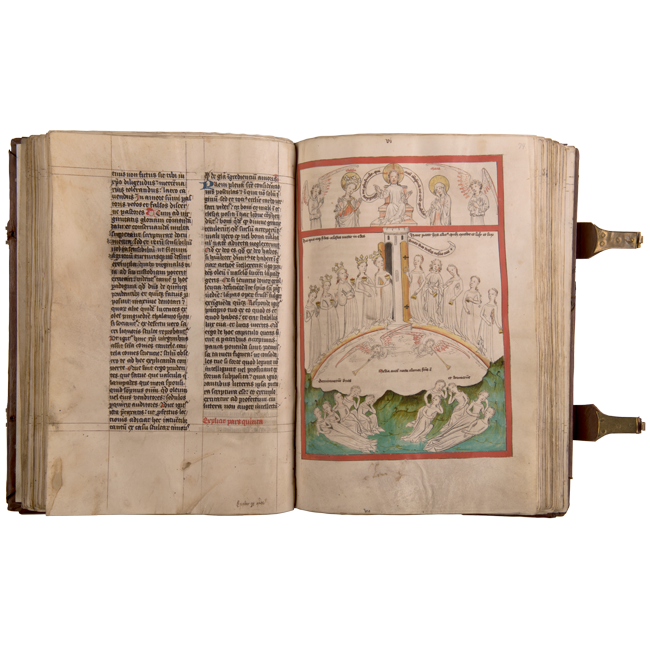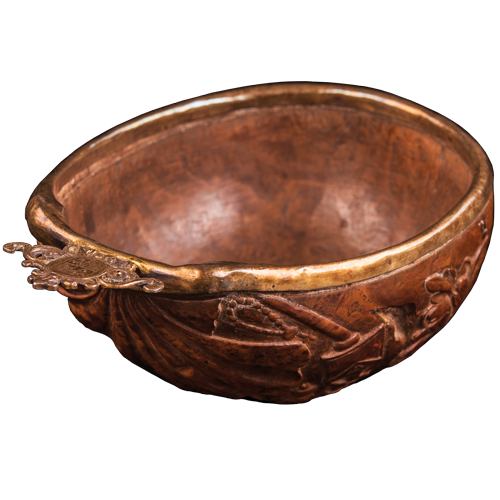The county
from the Middle Ages until the Era of Denominational confrontations
The county of Bentheim was no self-contained territory during the Middle Ages. Bentheim, Nordhorn, Schüttorf and Gildehaus were part of the Diocese of Münster, the Lower County with Vechteniederung to the bishop of Utrecht.
The Upper County was thus part of the Holy Roman Empire, the Lower County was in the Burgundian part of the Netherlands. The spiritual life was marked by the Monastery St. Marienwolde zu Frenswegen founded in 1394.
During the sixteenth century, the friars began to resist the Lutheran doctrine, while the county and many of the clergy turned to Protestantism. In 1588, count Arnold II and his wife Magdalena von Neuenahr-Moers introduced the reformed doctrine of John Calvin.
During a trip to Paris in 1572, he got knowledge of the cruel massacre of the „Bartholomäusnacht“. He returned to Germany and joined the Calvinist movement. The proximity of the county to the brethren in the Netherlands was decisive for this plan.
Preachers from the neighbouring country characterised language and culture. Still in the 20th century, preaching was in Dutch in many places.



